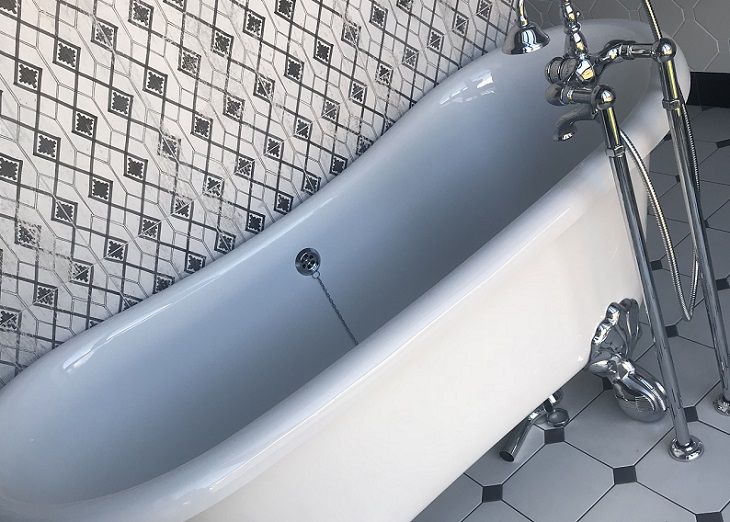How to remove old limescale in the bathroom: simple and effective methods
Old limescale deposits in the bathroom are not only an aesthetic problem, but also a potential health hazard.
It is formed due to hard water, which is saturated with calcium and magnesium, and settles on surfaces, creating difficult to remove stains.
The plaque thickens over time, making it more difficult to remove and potentially damaging your plumbing fixtures.
It is important to know how to deal with this problem to keep your bathroom clean and hygienic.
Causes of plaque formation
Limescale is caused by regular use of hard water.

Water with high mineral content evaporates and leaves white deposits that build up on faucets, tiles and glass surfaces.
This not only worsens the appearance of the bathroom, but also reduces the functionality of the plumbing, which can lead to costly repairs.
Plaque Removal Methods
Removing old limescale requires the right approach and the use of effective products.
One of the most common methods is the use of acetic acid.
The bathtub, faucet and other surfaces should be treated with a vinegar solution, which should be left for some time to take effect.
Then the surface is thoroughly wiped with a sponge or soft brush, washing off the plaque.
Natural Anti-Plaque Remedies
If you prefer natural remedies, you can use lemon juice.
Citric acid effectively dissolves limescale deposits, leaving the surface clean and shiny.
Apply lemon juice to problem areas and leave for 10-15 minutes, then rinse with warm water.
This method is suitable for removing scale from taps and shower heads.
Professional cleaning products
There are also specialized cleaning products designed to combat limescale.
They contain active ingredients that quickly and effectively dissolve deposits.
It is important to follow the instructions on the package and use protective gloves to avoid contact with harsh chemicals.
These products are suitable for regular bathroom maintenance, preventing the formation of new layers of plaque.
Prevention of plaque formation
To prevent limescale deposits, it is recommended to install water filters that reduce mineral content.
Regular cleaning of surfaces will also help prevent deposits from building up.
After each use of the bathroom, the faucet, tiles and glass should be thoroughly wiped with a dry cloth to remove water droplets and prevent scale build-up.
The Impact of Plaque on Health
Old limescale can have a negative impact on health.
In places where plaque accumulates, favorable conditions are created for the growth of bacteria and mold, which can lead to allergic reactions and respiratory diseases.
Regular plaque removal helps maintain hygiene and cleanliness in the bathroom, providing a safe environment for the whole family.
Economic consequences
Failure to pay attention to limescale can lead to increased costs.
Old deposits can damage plumbing fixtures, requiring replacement or repair.
Regular cleaning and maintenance will help you avoid these costs, extending the life of your plumbing fixtures and keeping them looking attractive.
The secret to perfectly clean tile joints in the bathroom was previously revealed.
